Recipes – № 25
Chilled Soba Noodles with Black Walnut Dipping Sauce
In Japan soba, or buckwheat, noodles are often enjoyed ice cold. Not only is this supremely refreshing on muggy summer days but a cold water bath also preserves the delicate texture of buckwheat noodles, which cook much faster than the Italian-style durum wheat pasta most of us are used to. Chilled soba is typically served with a dipping sauce called tsuyu, which is made from kombu (kelp), katsuobushi ("bonito" flakes), soy sauce, mirin and a bit of sugar. A few years back in Tokyo, Kim and I discovered a delicious variant of this dipping sauce, which had smashed walnuts mixed into the tsuyu for a nutty, almost creamy effect. Back home I tried making the walnut dipping sauce myself using intensely flavored black walnuts, and this particular version of the recipe has become my favorite way to eat soba noodles.
As if being tasty, refreshing and healthy wasn’t enough, this dish has another thing going for it: it’s easily thrown together from the pantry as long as you've prepared ahead a little. (Ideally you’d have a few scallions, but those aren't essential). You can find the most common Japanese staples in the ethnic foods sections of larger supermarkets. If you can’t find black walnuts at your farmers market or if you (wisely I'd have to say), don’t want to husk and peel them yourself, then buy shelled black walnuts online or use regular (English/Persian) walnuts. I’ve linked to some sources for top quality Japanese ingredients in the relevant glossary entries.
I make my own tsuyu and I've included instructions below. It’s straightforward and it allows me to control the quality and purity of the ingredients. However, if you prefer, you could buy readymade tsuyu.
This recipe is adapted from Nancy Singleton Hachisu’s fantastic book Japanese Farm Food.

Serves 4-6 as a main course
18 oz (500g) dried soba noodles
Approx. 5x6 inches of kombu (dried kelp)
1 handful of katsuobushi (dried bonito flakes)
1 Tbsp mirin or hon mirin
1 heaping Tbsp sugar
4 Tbsp soy sauce
1 cup shelled black walnuts or regular (English/Persian) walnuts
4 small scallions

Tsuyu
Warm the kombu in a saucepan with 2 cups of cold water. Just before the water comes to a boil (it will steam and you’ll see tiny bubbles forming), remove the kombu from the pot and discard. Add the katsuobushi and simmer for 8 minutes. Remove from the heat and let steep for another 8 minutes. Strain the liquid into a bowl. (This broth is called dashi and is an elemental building block in Japanese cooking). Return the dashi back into the rinsed saucepan, add the mirin and sugar and bring the mixture to a gentle boil. Continue cooking until you stop smelling the alcohol evaporating from the pot. Add the soy sauce and reheat once more until the tsuyu is just starting to boil. Remove from the heat and let cool. You should end up with just under 1 2/3 cups. If you have less than that, add a bit of water to make up the difference.
Other dipping sauce ingredients
Grind the walnuts in a mortar and pestle, or better yet in a suribachi, into fine crumbs but stop before the nuts turn into a smooth paste. If you have neither a mortar and pestle nor a suribachi, you could squash a few nuts at a time using a small cutting board or the underside of a pot. Finely slice the spring onions.
Boil the soba
Fill the (clean!) kitchen sink with very cold water before you start cooking the noodles. Use ice cubes if you have to. Bring a large pot of unsalted water to a boil and add the soba noodles. Cook until al dente, from 4 to 8 minutes depending on the soba variety. Taste frequently and do not cook them a moment beyond al dente or they will lose their delicate texture or worse, break apart (this is a particular risk with 100% buckwheat soba noodles). Place a colander over a large bowl. Drain the soba and immediately dunk the colander into the cold water in the sink. Dunk the colander a few times to circulate the water and cool the noodles quickly. Drain.
Serve
Place the chilled soba on plates. (Traditionally the noodles are placed on bamboo mats or baskets over plates to allow for excess water to drip off, but you can do without). Serve with dipping bowls filled with tsuyu, ground walnuts and sliced scallions and eat with chopsticks.
Variation:
For a more classic version of chilled soba, omit the walnuts and add some ground wasabi or fresh micro wasabi to the dipping bowls. After eating the noodles it's customary to add some soba boiling water to the leftover dipping sauce for a restorative, hot cup of soup.

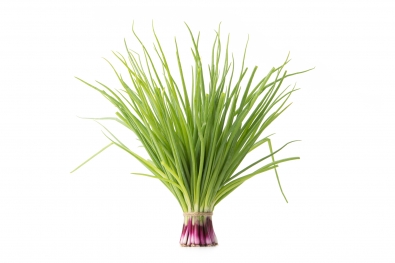
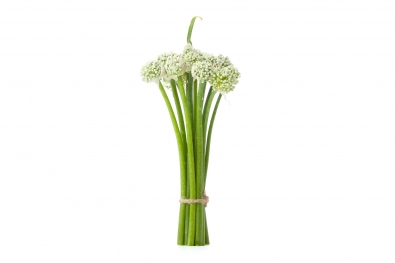
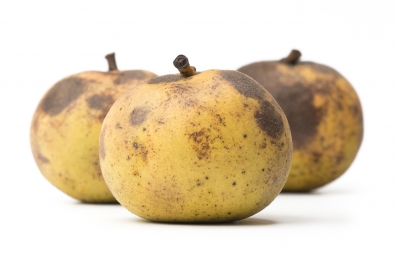


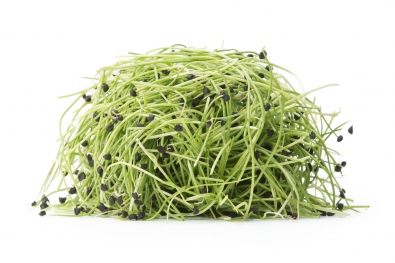
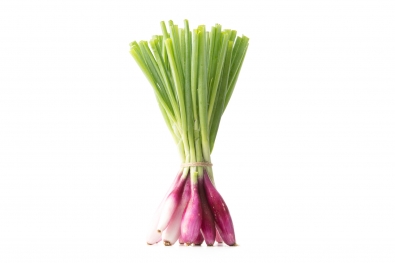
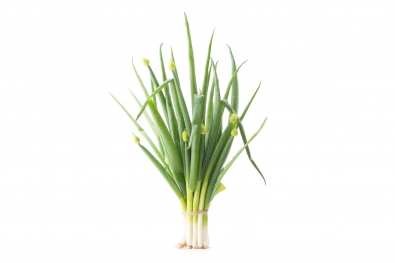
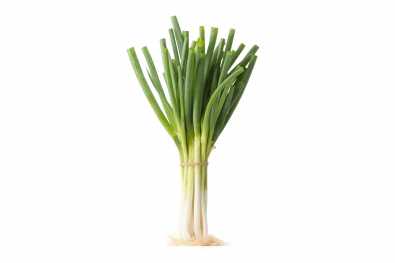

Add a comment